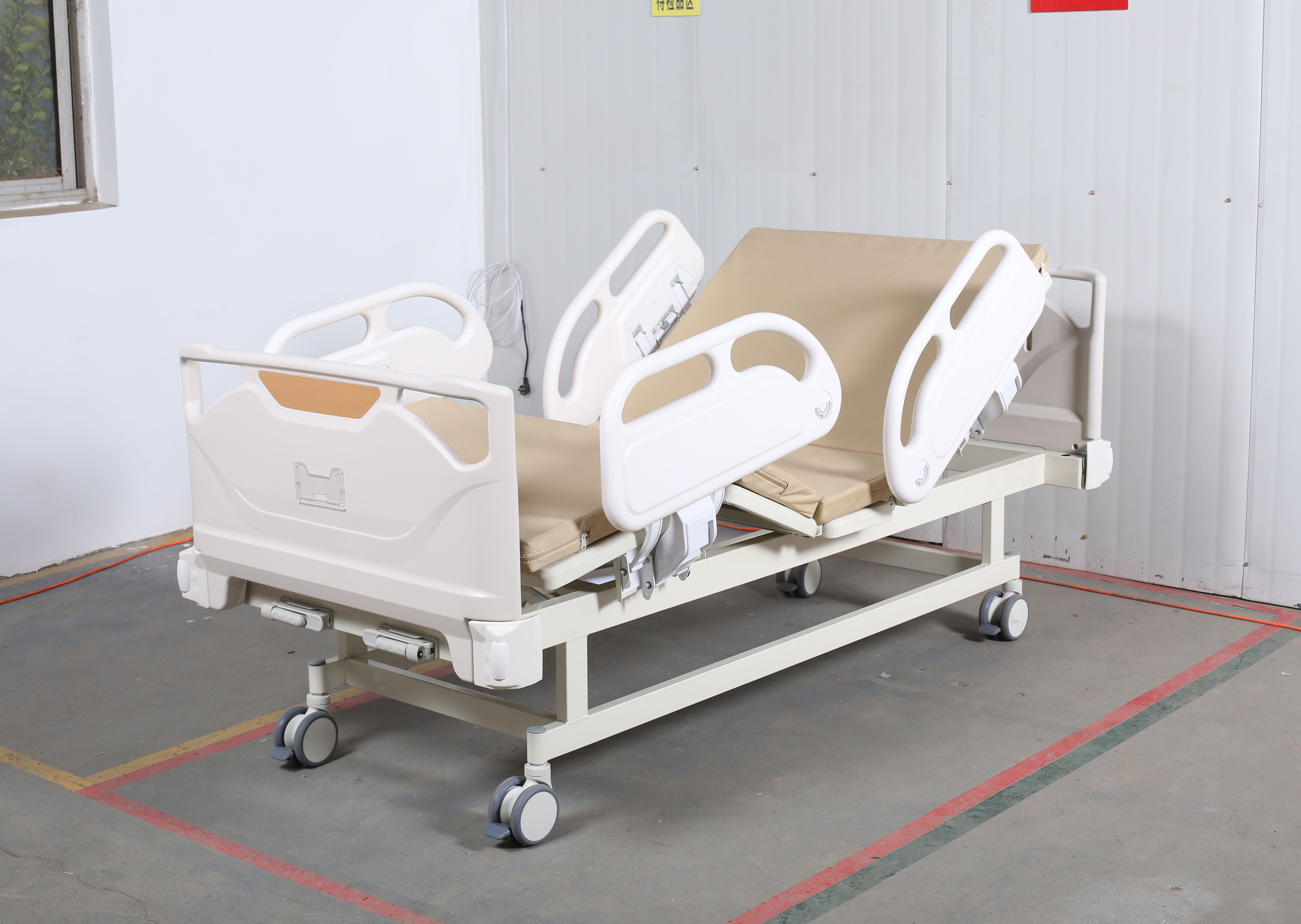Welcome to our websites!
hospital bed type
Understanding Hospital Bed Types A Comprehensive Overview
In the realm of healthcare, hospital beds play a crucial role in providing comfort, support, and medical care to patients. These beds are not just pieces of furniture; they are vital components of the healthcare system designed to facilitate patient treatment and recovery. Given the increasing complexity of medical care, an understanding of the various types of hospital beds is essential for both medical professionals and patients.
1. General Medical-Surgical Beds
The most common type of hospital bed is the general medical-surgical bed. These beds are versatile and can be adjusted for patients with a variety of conditions. Equipped with adjustable head and foot sections, they allow healthcare providers to position patients optimally for comfort and medical procedures. These beds typically feature a standard height, and many come with side rails for patient safety.
2. Intensive Care Units (ICU) Beds
ICU beds are specially designed for critically ill patients who require constant monitoring and advanced medical interventions. These beds often have a wide range of adjustments, including the ability to position the patient at various angles for improved respiratory function. Many ICU beds also come equipped with advanced features like built-in scales, nurse call systems, and support for medical equipment.
3
. Specialized Therapeutic BedsFor patients with specific needs, specialized therapeutic beds, such as pressure-relieving or low-air-loss beds, play a vital role in preventing pressure ulcers and promoting skin integrity. These beds often feature advanced pressure adjustment systems that redistribute a patient's weight, reducing the risk of bedsores. They are particularly beneficial for patients with limited mobility or those who are bedridden for extended periods.
hospital bed type

4. Pediatric Beds
Pediatric beds are designed with the unique needs of younger patients in mind. These beds typically come in fun designs and colors to create a more reassuring environment for children. They usually include safety features tailored for smaller bodies, such as adjustable side rails and lower heights to prevent falls.
5. Bariatric Beds
Bariatric beds cater to the needs of patients with obesity, providing additional weight capacity and wider frames. They are designed to ensure comfort and safety for patients who may struggle with traditional bed sizes. These beds often have reinforced structures and adjustable features to accommodate larger body types.
6. Home Care Beds
As healthcare continues to evolve toward out-of-hospital settings, home care beds are becoming increasingly popular. These beds offer adjustable features similar to hospital beds but are designed for use in a patient’s home. They provide comfort and functionality, allowing caregivers to assist patients effectively while enabling them to maintain some level of independence.
Conclusion
Understanding the various types of hospital beds is essential for optimizing patient care and enhancing recovery. Each type of bed serves a specific purpose and is tailored to meet the needs of different patient populations. As healthcare continues to advance, the development of innovative bed technologies will undoubtedly play a pivotal role in improving patient outcomes and overall healthcare experiences. Whether in a hospital, intensive care unit, or home setting, the right hospital bed can significantly affect a patient’s comfort and recovery journey.
-
Transforming Healthcare with Hospital FurnitureNewsJun.24,2025
-
Rehabilitation EquipmentNewsJun.24,2025
-
Mobility and Independence with WheelchairsNewsJun.24,2025
-
Freedom of Mobility with Our Rollator WalkersNewsJun.24,2025
-
Comfort and Independence with Commode ChairsNewsJun.24,2025
-
Bathing Safety and Independence with Shower ChairsNewsJun.24,2025
-
Navigating the Wholesale Landscape of Electric Mobility Solutions: Key Considerations for Power Wheelchair DealersNewsJun.10,2025











